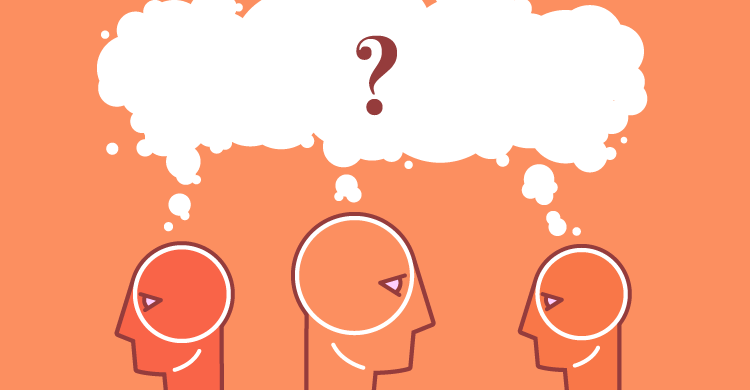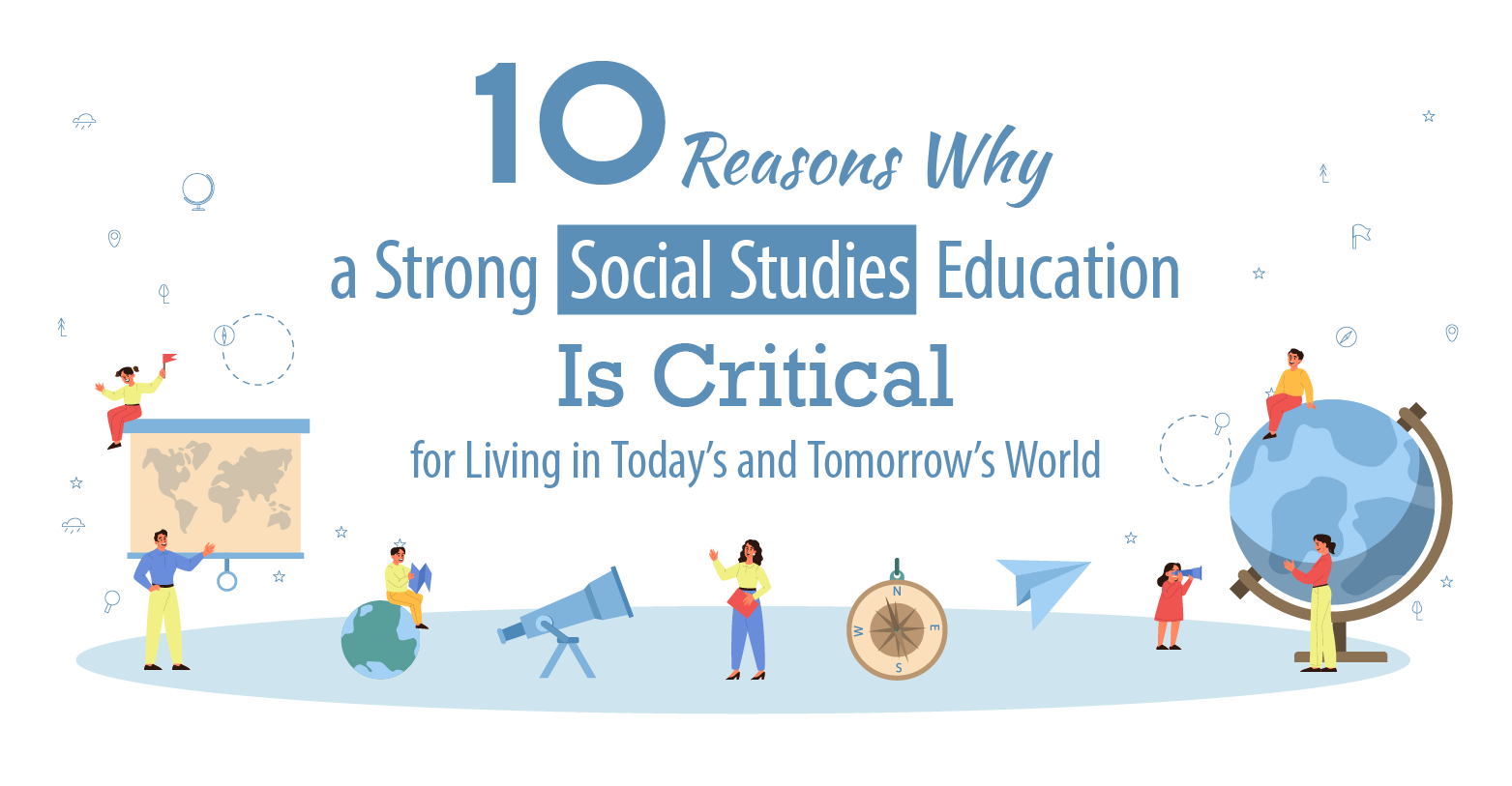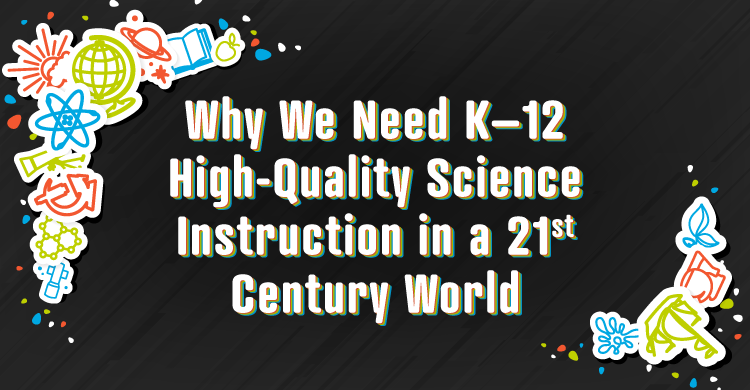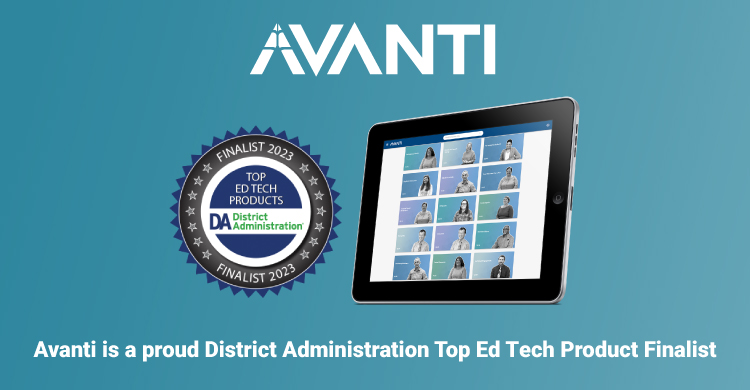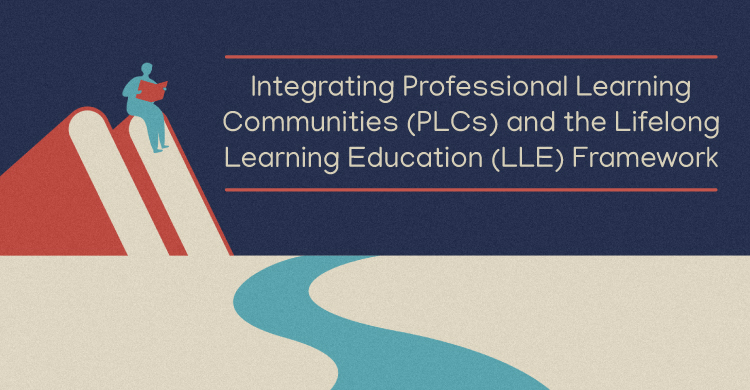Driving Question: How do PBL teachers fill in what students’ need to know?
Politicians may act on the age-old security principle of “need-to-know.” “Some people need to know what I am saying and some don’t.”
The current classroom use of the term need-to-know is a bit different. Need-to-know marks the time when a skillful PBL teacher, guiding from the side, includes strategies to identify what students “need-to-know” to accomplish the project’s objectives. Sometimes, she can predict and plan how to intervene; other times she has to read the scene and make a judgment call about filling in missing pieces in the puzzle.
In well-designed project-based-learning units (PBL), the core content doesn’t usually line up in the sequence students might expect. A PBL is not a traditional sequenced lesson. In a PBL, an essential question drives the investigation, not the teacher’s goal or objective with a step-by-step lesson plan. To answer the driving question, students must dig for answers by researching key information. Sometimes they don’t know what they don’t know. At other times, what they need to know rises to the surface only when they are well into their inquiry.
Just because students may lack key background information, essential skills or experiences to answer a driving question, there is no reason to derail a project or avoid PBL in its entirety. In any investigation, including those conducted by PH.D researchers, “needs-to-know” or “needs-to-do” will pop up. That’s the nature of the inquiry beast. So what do teachers do when the beast rears its head in a PBL? How do they make sure the blanks in information or skills are filled in so that students can proceed with their study?
Getting Data to Decide
Of course, just as with any lesson, it’s important for the PBL teacher to know her students and identify what they need prior to the PBL. But with a PBL more is required than just a generic “needs assessment” made with background checks or school records with students’ prior test scores or home lives. Throughout the PBL, it is up to the teacher to ferret out potholes that didn’t necessarily appear in the records. If she wants her students to move down the road, she has to make sure the potholes are filled. She must find teachable moments to strengthen knowledge and skills essential to this project’s deeper learning outcomes.
Consider this example. The 2nd grade class’s PBL objectives include making weather forecasts via measurement tools the students will construct. The students want to know how predictable the local weather will be in their early spring. Uh oh! At least five students don’t know how to calculate the measurements planned for their weather tools. Mrs. Samson makes the moment teachable. She announces that there will be a mini-work session on measurement on the next afternoon. She quietly “invites” the five to attend. She also publicly invites anyone else who wants to review and refresh. For those who feel ok, she encourages continuation with the scheduled PBL tasks.
The best of PBL “need-to-know” strategies take advantage of teachable moments from the projects start to its end. Because students who feel a specific “need-to-know” are more likely to become motivated by their need, (a major source of intrinsic motivation), the most effective need-to-know interventions are “just-in- time”.
So how does teacher find these needs? Obviously, she must spot those gaps in knowledge or skill which are pre-requisite for understanding the topic at hand such as the number operations that precede algebra, the science concepts that precede force and motion, or the ways to analyze a character in order to write an essay about a short story’s heroine or hero. Equally important in the early grades, the teacher must tune into basic functions of thinking that are pre-requisite for the standards-aligned tasks. Are the students precise and accurate?
Focused? Logical? In the upper grades, she must ask do they know how to do research, analyze information, and draw conclusions? Ideate? Compare and Contrast? Make judgments as called for by the standard of the lesson? Beyond that, do they have the skills to collaborate? Operate a computer? Build a model? Make a presentation? If not, it is time for a “need-to-know” intervention.
Predicting Needs to Know and Do
Even as teachers build a repertoire of PBL units to replace obsolete units of instruction (out go the lectures and fill in the blank worksheets), they learn that they can predict needs to know and do. The Illinois Consortium for 21st Century Schools consultant team has mapped out in its Mindquest21sm PBL life cycle when the most teachable moments are likely to occur.
© Illinois Consortium for 21st Century Skills. Used with permission. All Rights Reserved
- The Launch is the project’s entry activity or advance organizer. The objective here is to make students comfortable with the project ready to collaborate and communicate as they investigate the Essential Question. Here is where the teacher checks prior knowledge, determines 4C skills and readiness to work with the topic. The KNL graphic organizer is a well-traveled, time-tested variation of Donna Ogle’s KWL for checking prior knowledge and engaging students in the topic. Here the teacher has an easy opportunity to identify what students need to know or do as they go forward with the inquiry.
- Gathering Information is a critical element in the process. It is the element that replaces teacher telling with students researching. Based on what needs to know were identified in the launch, a teacher can formulate guiding questions, structure a survey that fills in missing information, or set up a matrix organizer or a concept map to structure the investigation so that the gaps are researched and filled in. Even as students do their research, the teacher watches and listens, examines the data collected, and determines what might be missing. She also has the opportunity to watch and listen to students’ interactions with each other, the text, and their computers to determine if there are any needs-to-do
- In the element, organizing information, students have to make sense of the information they have gathered. She watches and listens to their collaborations as they draw conclusions, use logic and other critical thinking skills to organize the information and determine their answer with data to the essential question. In this element, the focus is on thinking and problem solving skills. Very often, she can predict students’ gaps and pre-plan a class period or two to strengthen thinking skills.
- Communicate Concepts is the element in which teachers can align with state and national speaking standards. When students pick the means of communication, they will need to have skills to do the job. For instance, if they go digital, they will require skills for making a power point or video. A quick check list of what’s required presented at the start of this element will help make it easy to predict what student’s need to know or do. If they are making an aural presentation, a guiding rubric (Wad-ja-Learn? 2015) is a handy tool to ready the students prior to their presentations.
- Presenting results. Before the time arrives for students to present the results of their work (the PBL product made, not just the statistics), the teacher can present a guiding rubric to advance the students’ presentation skills. If PBL is an all school, all day intervention such as you find at New Tech Schools, the teacher can collaborate with her peers to determine what new presentation skills are possible and which from the previous year need bolstering. In a guiding rubric built on prior year data, she can cover the bases.
- Assessments in a PBL provide data for needs to know in two ways. First, formative assessments, those which identify information on how the students are working with the targeted 4C, how well they are deepening their understanding and how well they are managing the project, inform the teacher about any needs-to-know interventions she must make, with whom and about what. This will enable her to tutor a child, form ad-hoc needs-to- know groups or make an all class intervention. Second, both formative and summative assessments provide data for the next project. This is the iterative function of data collection. When specific what students have done well, what were the bumps and bruises and what help is needed, teachers can plan the next round so that the number of needs to know is reduced.
In a PBL, teachers can also take advantage of weekly formative assessments in which peers assess peers and provide feedback on possible improvements. Students, collecting this feedback from peers and the teacher, can construct rich self-assessments that likewise diminish needs-to-know and reduce what they don’t know that they need-to-know.
- Reflection is a critical element during and at the end of each PBL. The more students are able to reflect on what they have learned, how they have learned, what they did well and what help they need, the more they themselves identify what they need-to-know for future units. This leaves the students more open to feedback that will advance the deepening of their learning experiences.
References
Bellanca, J. (2015 in press) Wad-Ja-Learn? Engaging Students with Deeper Learning Assessments. Northbrook, Il. International Renewal Press.
Illinois Consortium for 21st Century Schools. (2015) MindQuest21PBL Life Cycle. Private Page. http://www.ilc21.org.
[author_bio id=”145″]


